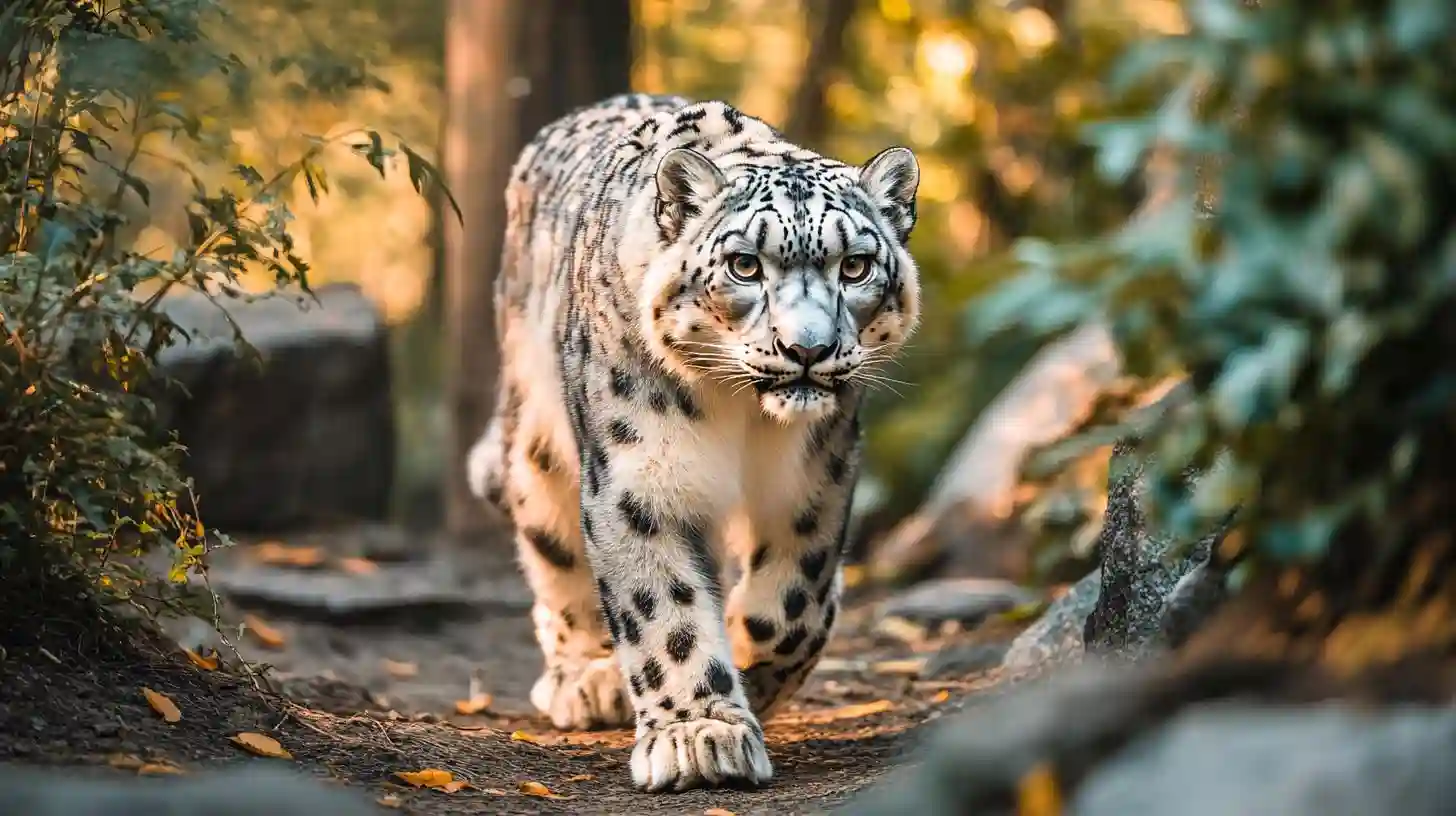
The snow leopard, renowned for its beauty and elusive nature, faces significant challenges that threaten its very existence in the wild. These magnificent creatures inhabit some of the most remote mountain ranges in Central Asia, where harsh climates and rugged terrain provide them with the perfect habitat to thrive. However, as human activities expand and climate change increasingly impacts ecosystems, the need for focused conservation efforts becomes urgent. Organizations dedicated to wildlife protection recognize the gravity of the situation and are stepping up initiatives to ensure that these magnificent cats do not disappear from our planet.
One of the most pressing threats to snow leopards is habitat loss due to expanding human settlements and agricultural development. As local communities seek to improve their livelihoods, forests and grasslands are often cleared to make way for farmland, roads, and infrastructure. This not only fragments the snow leopard's habitat but also reduces the availability of prey, leading to heightened competition and making it difficult for the species to sustain itself. Conservationists are actively engaging with local communities to promote sustainable farming practices and educate them on the importance of preserving the natural habitat that supports the diverse wildlife around them.
In addition to habitat destruction, poaching poses a significant risk to the snow leopard population. These cats are hunted for their beautiful fur, which can fetch a high price on the black market, as well as for their bones and other body parts that are mistakenly believed to possess medicinal properties. Conservation groups are working tirelessly to combat poaching through various strategies. They are enhancing anti-poaching patrols in regions where snow leopards roam, improving enforcement of wildlife protection laws, and fostering greater cooperation among local law enforcement agencies, park rangers, and conservation organizations. Raising awareness among communities about the importance of protecting snow leopards and the ecological roles they play can also help mitigate poaching.
Climate change is another significant factor contributing to the snow leopard's vulnerability. The rising temperatures threaten the fragile ecosystems in which these cats thrive. Glacial retreat, a direct impact of climate change, alters the availability of water sources, which can lead to changes in vegetation patterns and prey migration. Conservationists are actively researching the potential impacts of climate change on snow leopard habitats, aiming to identify adaptive strategies that can help mitigate these effects. This includes habitat restoration efforts and creating wildlife corridors that facilitate the movement of snow leopards between fragmented territories, ensuring they have access to the resources they need to thrive.
Community involvement is a cornerstone of effective snow leopard conservation. Engaging local populations is essential to building a culture of coexistence between humans and wildlife. Programs that involve herders and farmers can help promote practices that minimize conflict, such as the use of guard animals and better livestock management techniques. By providing economic incentives for conservation, such as eco-tourism opportunities, communities can benefit financially while simultaneously protecting their natural heritage. Initiatives that celebrate the snow leopard’s cultural significance can also foster pride and encourage local stewardship of the environment.
International collaboration is critical to the snow leopard's conservation efforts, as these large cats inhabit a vast range that spans multiple countries, including Mongolia, Nepal, India, and Bhutan. The Global Snow Leopard and Ecosystem Protection Program exemplifies this collaborative approach, bringing together governments, NGOs, and local communities to share knowledge, resources, and strategies for conservation. By working together across borders, these stakeholders can create comprehensive conservation strategies that address the multifaceted challenges facing snow leopards and facilitate data sharing related to population assessments and habitat condition monitoring.
Successful conservation of snow leopards requires not just protection efforts but also ongoing research to better understand their behavior, ecology, and population dynamics. Advanced technologies such as camera traps, GPS collaring, and genetic studies are being utilized to gather crucial data on these elusive animals. Such research helps conservationists make informed decisions regarding habitat management, population monitoring, and the implementation of restoration programs. These efforts aim not just to protect the snow leopards but also to restore their habitats and ensure that future generations can witness the grandeur of this species.
Across Central Asia, there is a growing recognition of the importance of protecting the snow leopard—an icon of the region's wilderness. While the challenges are daunting, combined efforts at local, national, and international levels show promise. As communities, governments, and organizations unite to safeguard this majestic species against extinction, the hope remains that the snow leopard will continue to roam the remote landscapes for many years to come. With a commitment to protecting not only the snow leopard but the ecosystems they inhabit, the ongoing initiatives represent a critical step toward preserving the delicate balance of nature.